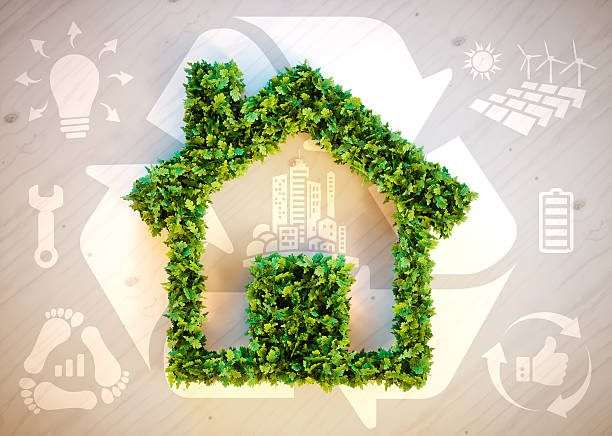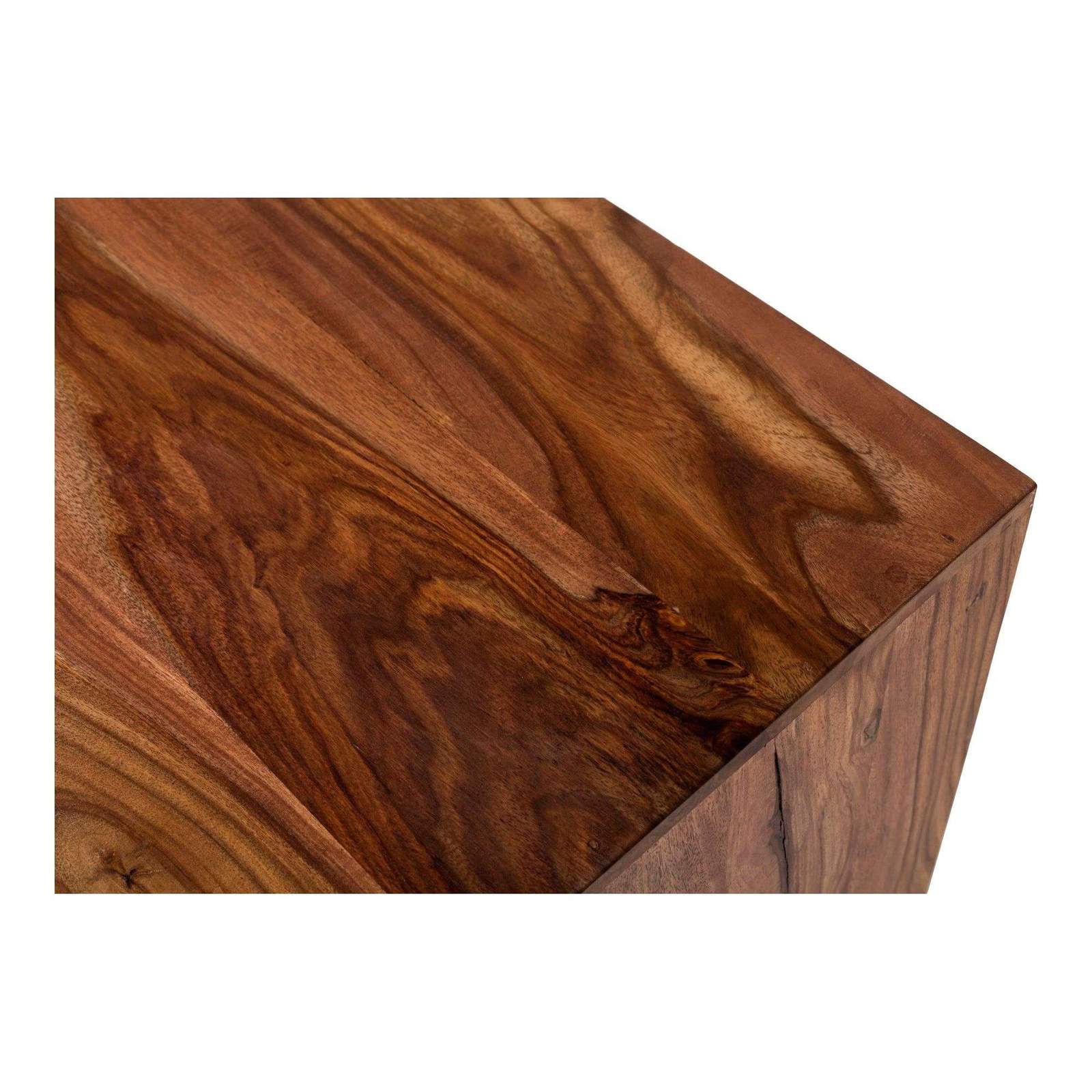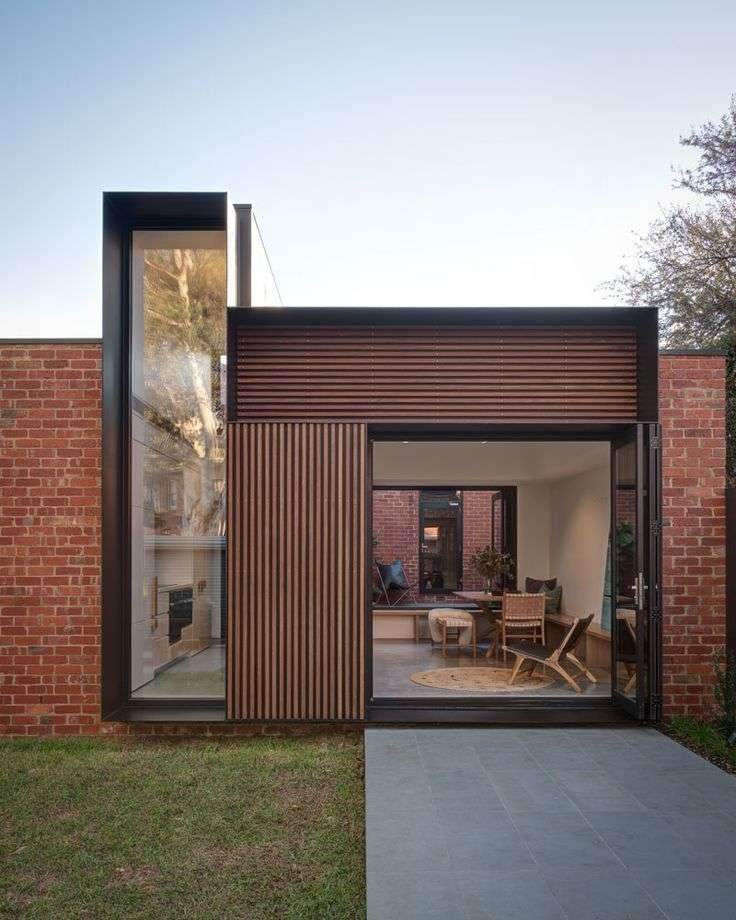Sustainability is one of the most important topics for our environment – but it goes beyond that.
The idea has been around for a while, but it gained worldwide attention in the late 20th century and 21st century as we began to pay more attention to our impact on the environment around us.
So we had to ask: what is the difference between sustainable and unsustainable?
In short, something is sustainable if it can be preserved indefinitely and something is unsustainable if it cannot be preserved indefinitely.
But beyond that, sustainability is defined within the three pillars of our environment, society and economy – and here, the differences are more subtle.
As we strive to be a sustainable society, the first thought that comes to most people’s minds is to protect the environment.
But is the environment the only factor that determines whether we are sustainable?

The best environmentally friendly materials used in construction
Plastic / Eco Bricks
Ecobricks are reusable building materials made from non-biodegradable solid waste packaged in plastic bottles to a specified density.
Plastic waste is believed to be a strong and long-lasting material, which makes Ecobricks an eco-friendly solution for reusing non-biodegradable plastic waste.
Thus, keeping plastic out of the ecosystem stops environmental pollution.
EcoBricks also prevent the environment from being harmed by plastic waste, as plastic usually breaks down into small pieces when discarded, polluting the area where it was.
With EcoBricks, plastic is locked away, reducing the build-up of harmful gases like methane that are released as plastic breaks down.

bamboo
Bamboo may be the perfect environmentally friendly alternative to wood
Although bamboo looks like wood, it belongs to the grass family,
which means it regenerates much more quickly than trees.
In fact, bamboo is one of the fastest growing plants on the planet,
sometimes growing up to 3 feet each day, depending on the species and location.
Bamboo is sustainable in more ways than just its rapid growth rate.
Bamboo can be harvested every three years for construction purposes,
while trees can only be harvested every 25 to 50 years (depending on the tree species).
Bamboo is growing in popularity and will continue to support forest renewal.
in many different applications, such as tiles, floors, woodwork, countertops, decks,
Bamboo is a sustainable alternative.
Concrete rice husk
Concrete is a popular building and construction material because it is suitably strong,
impermeable, and long-lasting.
Cement is one of the most expensive components of concrete,
and its demand is constantly increasing all over the world.
Therefore, it is essential to use contemporary waste materials
and mineral additives and other materials to meet the increasing use of
concrete to keep construction costs under control.
Instead of cement, agricultural waste such as rice husk ash (RHA) can be used.
To create concrete that is more effective and has better features such as impermeability,
workability, strength, and corrosion resistance of rebar.

Timber Crete
This unique building material, which is a mixture of sawdust and concrete, is used
In construction, it has lower transportable emissions and is lighter in weight than concrete.
In addition, sawdust recycles trash and replaces some of the labor
and energy-intensive elements of traditional concrete.
Wood concrete can be shaped into common shapes such as pavers, bricks and blocks.
It is better at insulating than brick, clay or concrete and is extremely durable and highly fire resistant.
For more architectural news







